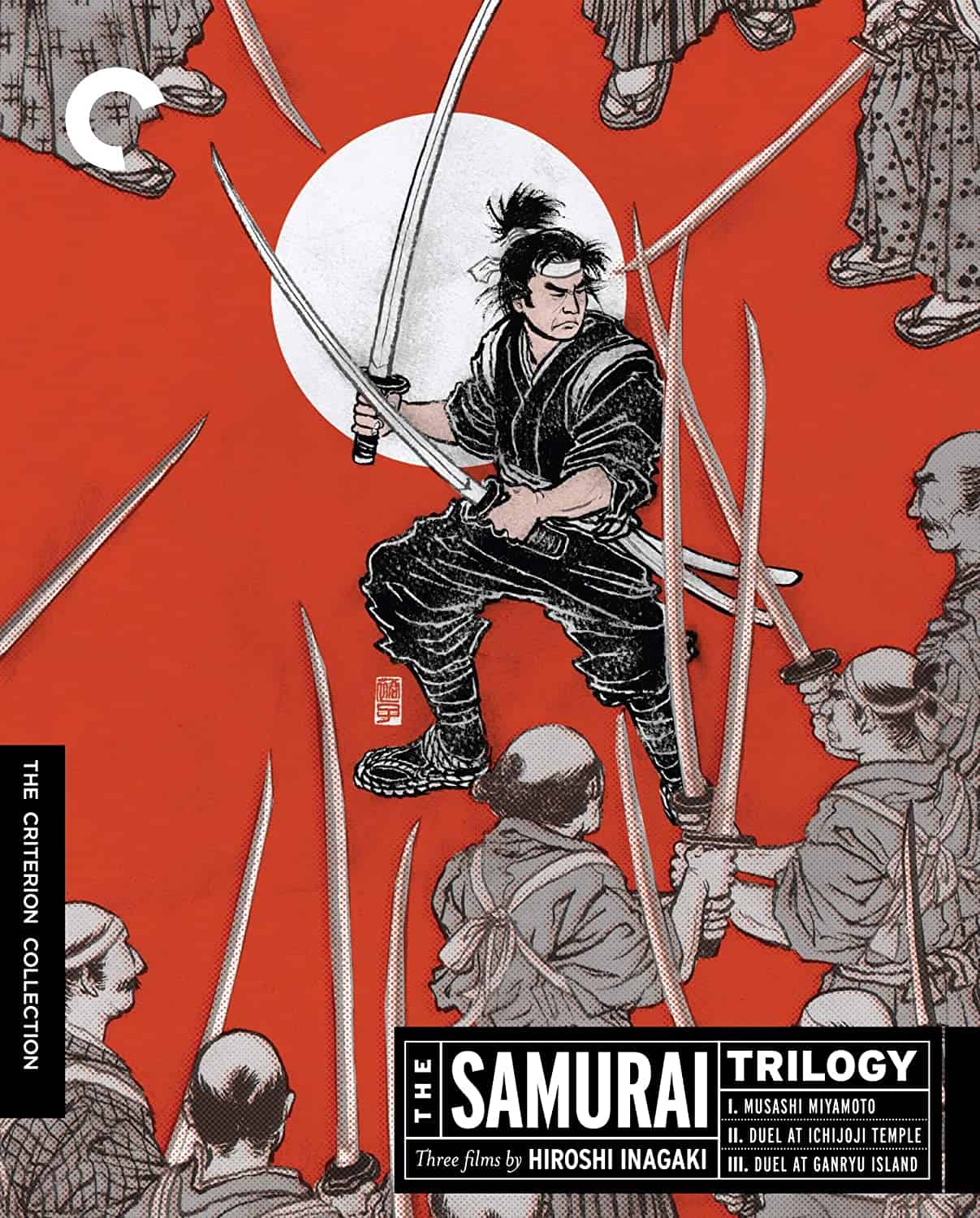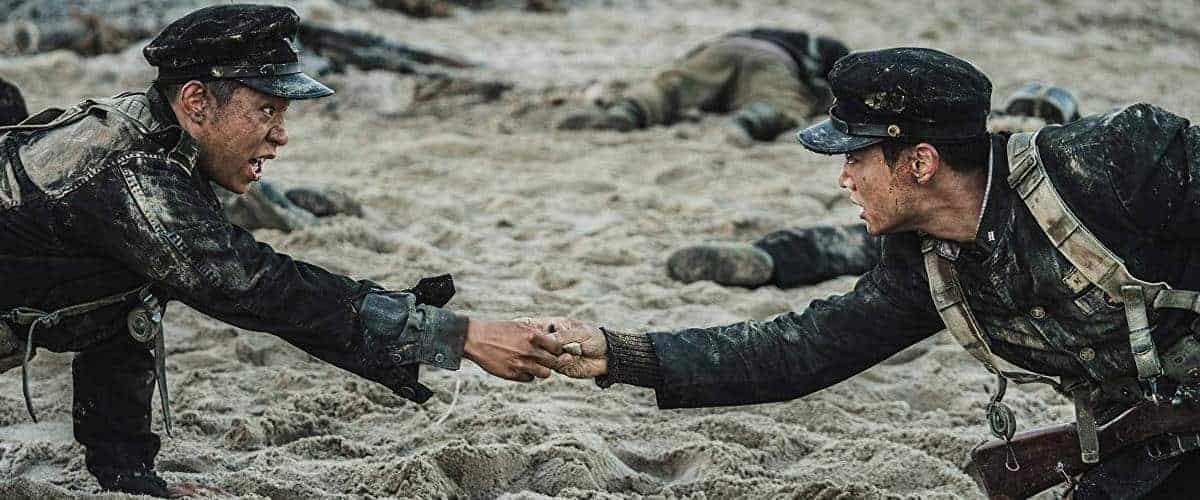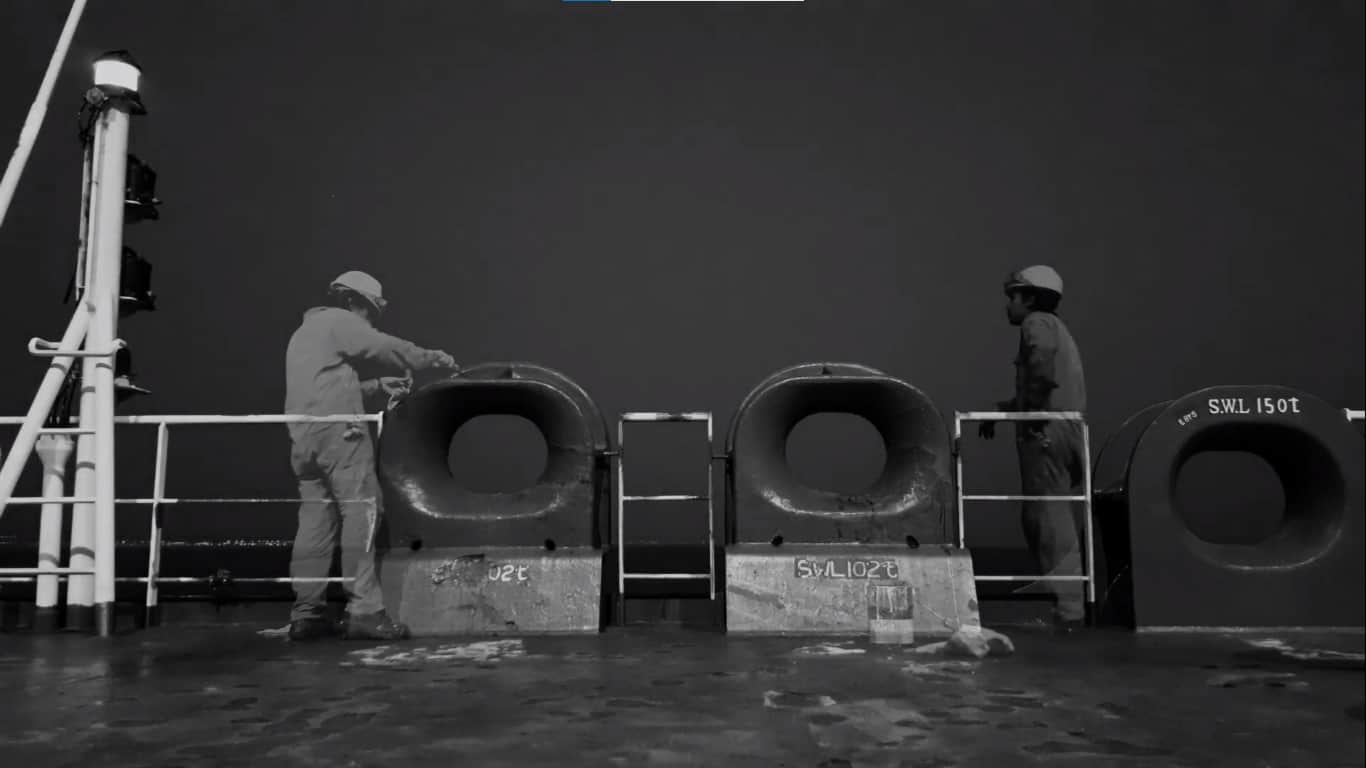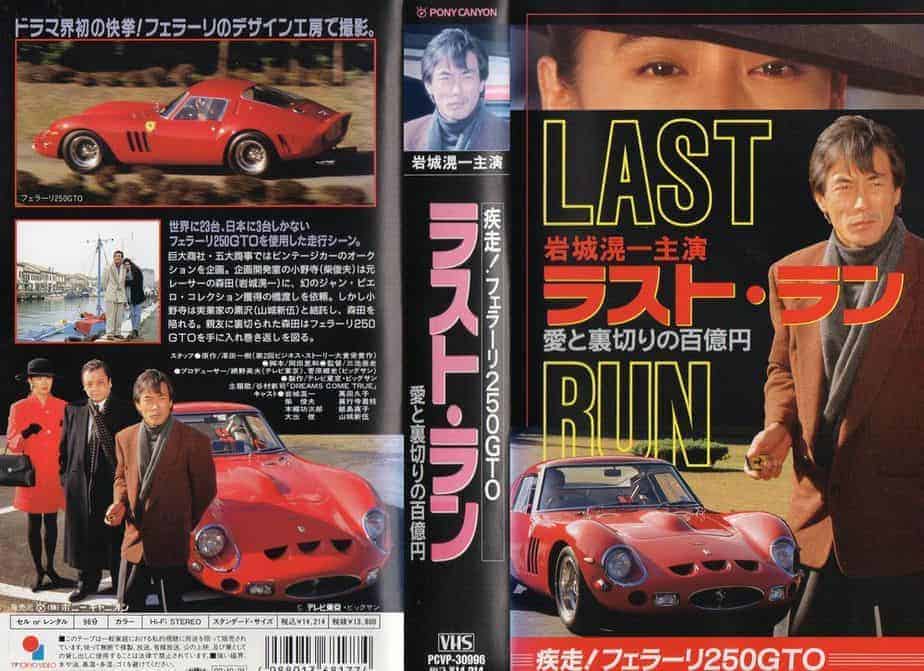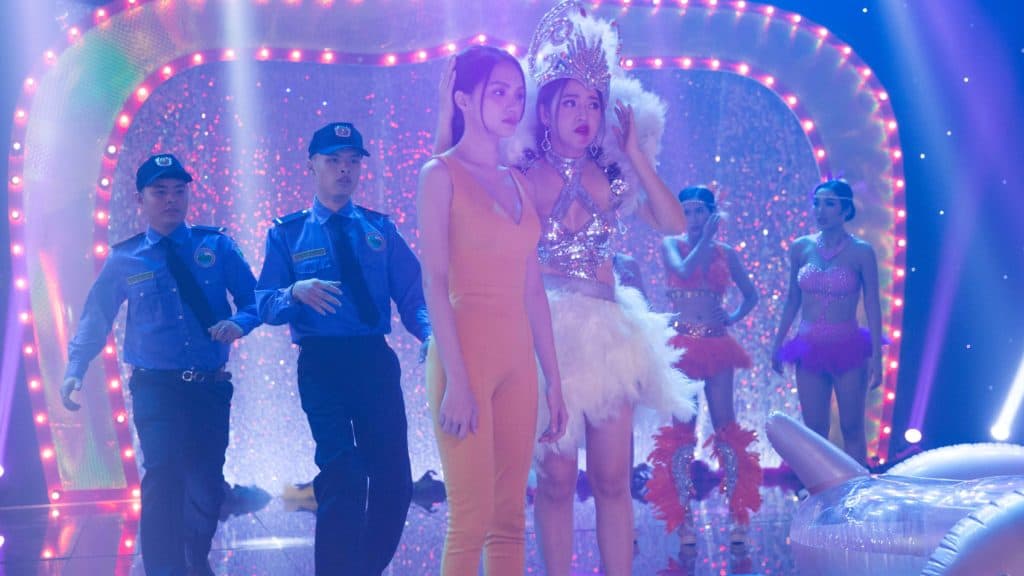The famous swordsman Musashi Miyamoto has been depicted in entertainment countless times with various interpretations. Some depictions of him are grounded and closer to his known history, while other versions are more romanticized in nature with elements of truth. Eiji Yoshikawa would detail the samurai's life in his grand novel “Musashi,” which loosely details the life of the skilled warrior but with a fictional spin. Yoshikawa's version of events would be the template for countless cinematic adaptations. One of the most popular adaptations is “The Samurai Trilogy,” directed by Hiroshi Inagaki, a three-part epic chronicle of the life of Musashi. The trilogy would be off to a terrific start in the first entry, “Samurai I: Musashi Miyamoto.”
As typical with the work of Hiroshi Inagaki, high production values would be on full display and this time in luscious Eastmancolor. With Toho being the production company, many popular players would appear, most notably Toshiro Mifune in the title role. The renowned star was already rising in popularity for his collaborations with Akira Kurosawa and had previously worked with Inagaki, even playing Musashi Miyamoto in one of his earlier works. The first entry of this trilogy would become a hit not only in Japan but also internationally. In 1955, the movie would receive a Special/Honorary Award for Best Foreign Language Film at the 28th Academy Awards.
Following the decisive Battle of Sekigahara, two warriors on the losing side named Takezo and Matahachi struggle to survive. The two would be nursed back to health by a woman named Oko and her daughter Akemi. Despite being engaged, Matahachi ends up being seduced and coldly abandoning his former life. Things would only get worse for the main character, who becomes a fugitive and is accused of murdering Matahachi, a crime he did not commit. The whole world turns against him, but there is hope. Matahachi's former lover Otsu, a kind and gentle woman, has empathy for the wrongly accused lead and decides to help him, and the two start to fall in love. A priest named Takuan also pursues helping the disgraced man and guiding him down the samurai path, eventually leading to Takezo becoming Musashi Miyamoto.

The story is a heavily romanticized rendition of Musashi Miyamoto with tidbits of real history thrown in the mix. Yet, its narrative is nicely structured and paced and takes time to develop compelling characters and witness them transform over events. A number of events take place, with results that have long-lasting effects the were carried on to the sequels. The lead goes through a huge transformation, and the players around evolve as well, with some changing for the better while others degrade. The historical period is shown as the survival of the fittest environment with a lot of pressure being forced upon one another. There is the setup of a classic Zen-seeking quest with the lead, but it also shows humans being emotionally vulnerable and becoming products of their environments. Takezo had hopes and dreams, and all were crushed; over time, he would evolve with the assistance of two individuals in the narrative who save his life, but not without some sense of loss in the process.
The acting is solid all around. Toshiro Mifune is terrific as Takezo and brings a wide range of emotions to his role as a man who is ostracized by the world around him. His transition from an ambitious young warrior to an outlaw to eventually the samurai Musashi Miyamoto shows how versatile Mifune is and adds a level of sadness as a man loses his original identity and becomes reborn in a life of ambiguity. He may become wiser, but melancholy will follow him. Kaoru Yachigusa is great as Otsu, who endures much emotional pain from the harsh world surrounding her. She also shows her humanity and kindness through her interactions, especially with Takezo. The romance that forms between them is effective, and there is a sadness in seeing two individuals who fall in love, yet society ends up dictating their destinies, which comes in droves in the ending. Rentaro Mikuni also brings a depressing nature as Honiden Matahachi, who loses his humanity and becomes pathetic. Kuroemon Onoe is superb and incredibly entertaining as priest Takuan, the figure who would lead to the main character's transformation. While she would play a bigger part in the sequel, Mariko Okada is very good as Akemi, the other female player who falls for the lead and someone who is a result of the dark environment she has grown up in with the misguided nature in her upbringing. Other cast members, including Mitsuko Mito, Eiko Miyoshi, and Akihiko Hirata, also do commendable work.
As mentioned earlier, “Samurai I: Musashi Miyamoto” was filmed in Eastmancolor with stunning results. Jun Yasumoto's elegant cinematography captures the colors in all their glory and the impressive set pieces on display. The action scenes are impressively pulled off, with the Battle of Sekigahara being epic in scope and thrilling so much so that it would be used as stock footage in future jidaigeki projects. In addition, Ikuma Dan composes a terrific music score that adds to the drama onscreen. He would return to do the soundtracks for the two follow-ups.
“Samurai I: Musashi Miyamoto” is a great film and a superb start to Hiroshi Inagaki's trilogy on the famous swordsman. A compelling narrative is set up while also giving an emotional and entertaining story. Inagaki delivers stunning visuals and set pieces without overshadowing what is happening with the characters. Toshiro Mifune's performance as Musashi would go on as the most iconic presentation of the historical warrior in cinema and inspire future portrayals. His journey is far from over, though, as two sequels are to come.



